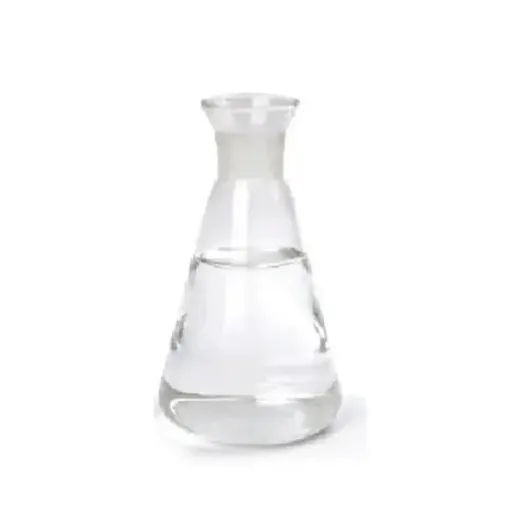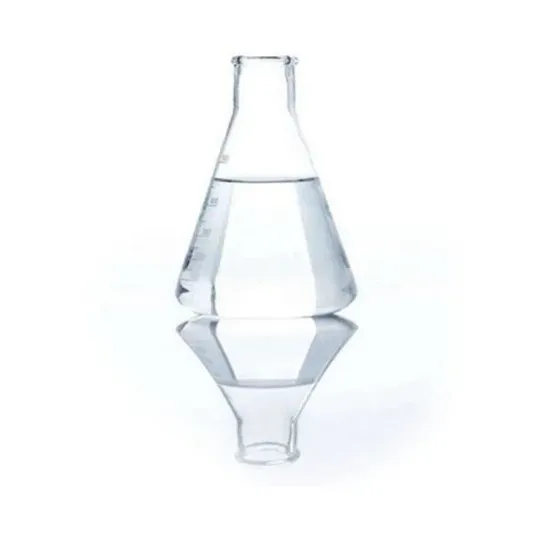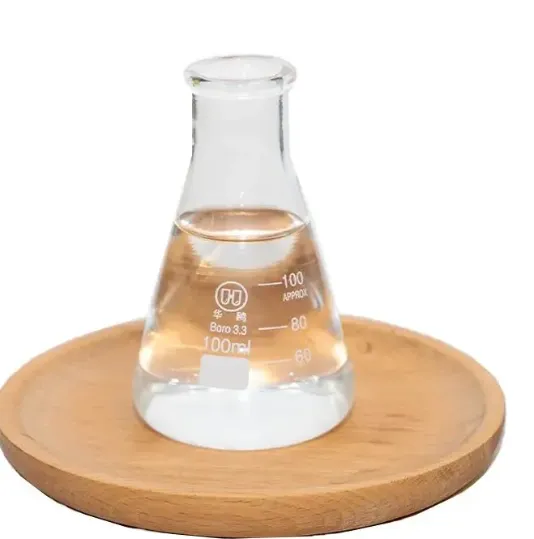Warning: Undefined array key "file" in /home/www/wwwroot/HTML/www.exportstart.com/wp-content/themes/1198/header.php on line 7
Warning: Undefined array key "title" in /home/www/wwwroot/HTML/www.exportstart.com/wp-content/themes/1198/header.php on line 7
Warning: Undefined array key "title" in /home/www/wwwroot/HTML/www.exportstart.com/wp-content/themes/1198/header.php on line 7
- Umunyafurika
- Ikinyalubaniya
- Amharic
- Icyarabu
- Ikinyarumeniya
- Azaribayijan
- Basque
- Biyelorusiya
- Ikibengali
- Bosiniya
- Buligariya
- Igikatalani
- Cebuano
- Ubushinwa
- Ubushinwa (Tayiwani)
- Corsican
- Igikorowasiya
- Ceki
- Danemark
- Ikidage
- Icyongereza
- Esperanto
- Esitoniya
- Igifinilande
- Igifaransa
- Igifaransa
- Abagalatiya
- Jeworujiya
- Ikidage
- Ikigereki
- Gujarati
- Igikerewole
- hausa
- hawaiian
- Igiheburayo
- Oya
- Miao
- Hongiriya
- Isilande
- igbo
- Indoneziya
- irish
- Umutaliyani
- Ikiyapani
- Javanese
- Kannada
- kazakh
- Khmer
- Rwanda
- Igikoreya
- Kurdish
- Kirigizisitani
- Igituntu
- Ikilatini
- Ikilatini
- Lituwaniya
- Luxembourgish
- Abanyamakedoniya
- Malgashi
- Malayika
- Malayalam
- Maltese
- Maori
- Marathi
- Mongoliya
- Miyanimari
- Nepali
- Noruveje
- Noruveje
- Occitan
- Pashto
- Persian
- Igipolonye
- Igiporutugali
- Punjabi
- Ikinyarumaniya
- Ikirusiya
- Samoan
- Abanya-Gaelic
- Igiseribiya
- Icyongereza
- Shona
- Sindhi
- Sinhala
- Igisilovaki
- Igisiloveniya
- Somaliya
- Icyesipanyoli
- Sundanese
- Igiswahiri
- Igisuwede
- Tagalog
- Tajik
- Tamil
- Tatar
- Telugu
- Tayilande
- Turukiya
- Abanyaturukiya
- Ukraine
- Urdu
- Uighur
- Uzbek
- Abanya Vietnam
- Welsh
- Ubufasha
- Yiddish
- Yoruba
- Zulu
Lactic Acid
Lactic acid is a hydroxycarboxylic acid with the chemical formula C3H6O3, belonging to alpha hydroxy acids (AHA). Lactic acid contains hydroxyl groups, and in aqueous solution, its carboxyl group can release a proton to produce lactate ions. Lactic acid is an important organic compound with multiple uses.
Lactic acid is an important organic acid, second only to citric acid in terms of production and consumption. Data shows that the consumption of lactic acid accounts for about 15% of the total consumption of organic acids.


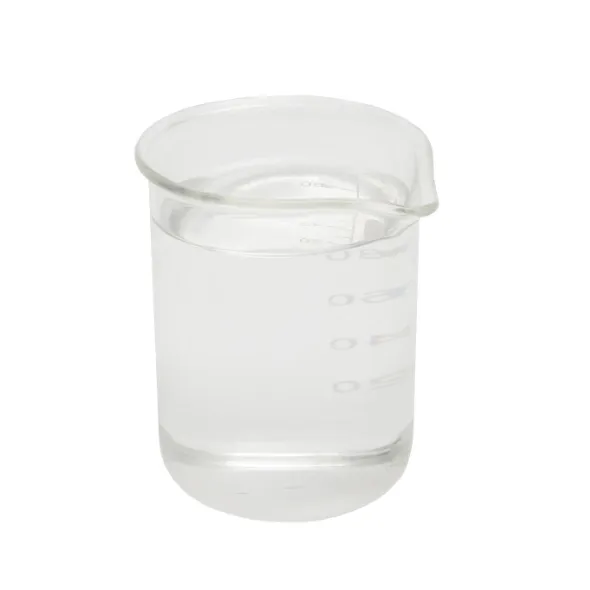

Due to its gentle and stable acidity, lactic acid contributes to the flavor of food and is widely used in the food industry as an acidifier, preservative, and reducing agent. It can be used for the production of refreshing beverages, candies, and pastries, as well as for the processing and preservation of fish, meat, and vegetables. Compared with edible acids such as citric acid and malic acid, it has strong competitiveness. In the United States, lactic acid has largely replaced citric acid, phosphoric acid, and other soft drinks. In beer manufacturing, the United States prohibits the use of inorganic acids such as phosphoric acid to adjust pH and instead uses lactic acid. One quarter of the world's lactic acid is used to produce stearic acid esters. Its salts, calcium stearoyl lactylate (CSL) and sodium stearoyl lactylate (SSL), are widely used in bread processing, which not only makes the bread texture soft and delicate, but also extends its shelf life.
Food industry: L-lactic acid is widely used in the food industry as an acidifier, preservative, pH regulator, fungicide and preservative in beer due to its no side effects on the human body and easy absorption. L-lactic acid and its derivatives such as calcium lactate, ferrous lactate, potassium lactate, and sodium lactate are also used as flavor enhancers, solidifiers, leavening agents, nutritional supplements, etc.
Inganda zimiti: L-lactic acid can be directly formulated into drugs or made into lactate for use, with strong bactericidal effects. It can be used as a disinfectant in indoor and outdoor environments, food, operating rooms, wards, laboratories, workshops, and other places. L-lactic acid, L-lactic acid sodium, glucose, amino acids, and other compounds are formulated as intravenous fluids, which can treat acidosis and hyperkalemia. L-lactic acid iron, L-lactic acid sodium, and L-lactic acid calcium are good drugs for supplementing metal elements, and poly (L-lactic acid) can be used to produce sustained-release capsule formulations.
Light industry and chemical industry: L-lactic acid can be used as a dyeing aid for textiles and as a fine metal cleaner in the electronics, aerospace, and semiconductor industries. Lactic acid and sodium lactate can be used as moisturizing agents, skin whitening agents, pH regulators, moisturizers, antibacterial agents, emulsifiers, and stabilizers in cosmetics and hygiene products to improve product quality.
Agriculture: L-lactic acid can be used as a plant growth vitality agent, aquatic microbial agent, etc. in agriculture and fisheries, with very attractive development prospects. Biodegradable plastics made by copolymerizing polylactic acid with other materials can be used to produce slow-release pesticides, prolong the action time of pesticides, and have no toxic effects on crops and soil.
Dufite inganda nyinshi zo mu rwego rwo hejuru hamwe nubufatanye bwimbitse, zishobora kuguha ibicuruzwa byiza kandi nibiciro byapiganwa. Turashobora kandi gutanga kugabanyirizwa kugura byinshi.Kandi turafatanya namasosiyete menshi yohereza ibicuruzwa byumwuga, birashobora gutanga ibicuruzwa neza kandi neza mumaboko yawe. Igihe cyo gutanga ni iminsi 3-20 nyuma yo kwemeza ko wishyuye.
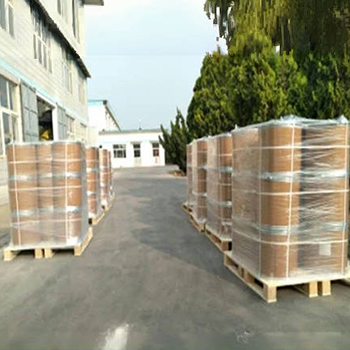

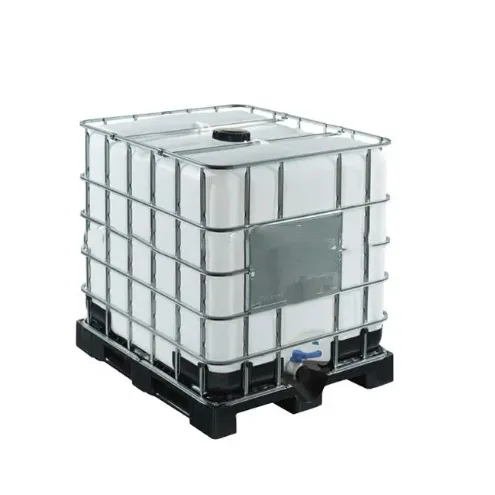
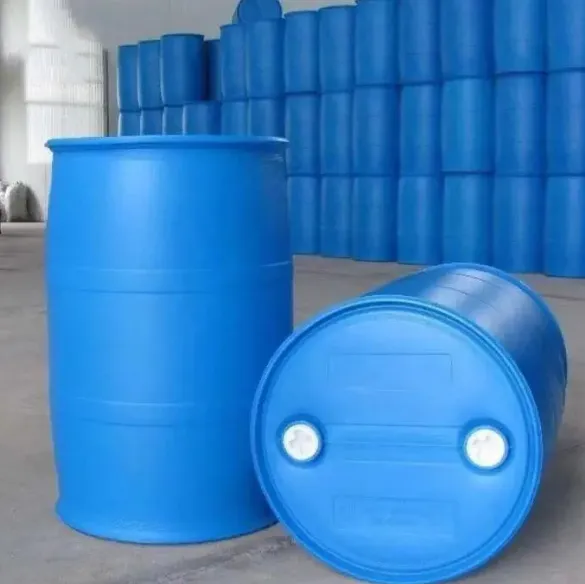
| Ingingo | Unit | Quality Standards | Analysis Results |
| Color Appearance Smell Chromaticity |
Hazen | Colorless to pale yellow, Transparent liquid,No odor or slightly characteristic odor, Max.100 | Light yellow Transparent liquidNo odor<100 |
| Kumenyekanisha | --- | Pass Test | Pass |
| Lactic acid content | % w/w | 95%-105% | 80.20 |
| L(+)Lactic acid to total lactic acid content | % L(+) | Min. 97.5 | >97.5 |
| Burning residue | % w/w | Max. 0.1 | 0.04 |
| Chloride | ppm | Max. 20 | <20 |
| Sulfate | ppm | Max. 50 | <50 |
| Iron | ppm | Max.10 | <10 |
| Reducing substances (sugars) | --- | Pass Test | Pass Test |
| Citric acid, oxalic acid, tartaric acid and phosphoric acid | --- | Pass Test | Pass Test |
| Easy Carbon Compounds | --- | Pass Test | Pass Test |
| Cyanide | mg/kg | Max. 1 | <1 |
| Lead | mg/kg | Max. 2.0 | 0.5351 |
| Arsenic | mg/kg | Max. 1.0 | 0.6315 |

1. Waba uruganda cyangwa isosiyete yubucuruzi?
Turi compnay ihuza inganda nubucuruzi, dutanga serivise imwe.OEM irashobora kwemerwa.
2. Utanga ingero? Nubuntu cyangwa birenze?
Ingero z'ubuntu. Amafaranga yo gutwara ibicuruzwa agomba kwishyurwa kuruhande rwawe.
3. Waba ufite ibyemezo bijyanye no kugenzura ubuziranenge?
Icyemezo cya ISO 9001: 2008 kugirango cyemeze ubuziranenge.
4. Niki nakagombye gutanga kugirango mbone amagambo?
Pls utumenyeshe ubwoko bwibicuruzwa ukeneye, gutondekanya ingano, aderesi hamwe nibisabwa byihariye. Amagambo azakorwa kugirango ubone igihe.
5. Ni ubuhe buryo bwo kwishyura ukunda? Ni ayahe magambo yemewe?
Amasezerano yo gutanga yemewe: FOB, CFR, CIF, EXW;
Amafaranga yemewe yo kwishyura: USD;
Ubwoko bwo Kwishura Bwemewe: T / T, Western Union; Paypal, Ubwishingizi bw'Ubucuruzi.
Ururimi ruvugwa: Icyongereza.
Ibyiciro byibicuruzwa
-
 Apr . 27, 2025Zibo will host the 2025 International Chemical ExpoZibo, a city known for its thriving chemical industry, will host the 2025 Zibo International Chemical Expo from May 16 to May 18, 2025. This highly anticipated event aims to bring together industry leaders, innovators and stakeholders from around the world to explore the latest advancements and trends in the chemical industry.
Apr . 27, 2025Zibo will host the 2025 International Chemical ExpoZibo, a city known for its thriving chemical industry, will host the 2025 Zibo International Chemical Expo from May 16 to May 18, 2025. This highly anticipated event aims to bring together industry leaders, innovators and stakeholders from around the world to explore the latest advancements and trends in the chemical industry. -
 Apr . 22, 20252025 Yokohama Cosmetics Raw Materials and Technology ExhibitionYOKOHAMA, Japan – The City of Yokohama is preparing to host the much-anticipated Cosmetics Ingredients & Technologies 2025 from May 14 to May 16, 2025. The premier event is expected to attract industry professionals, innovators and enthusiasts from around the world to showcase the latest advancements in cosmetic ingredients and technologies.
Apr . 22, 20252025 Yokohama Cosmetics Raw Materials and Technology ExhibitionYOKOHAMA, Japan – The City of Yokohama is preparing to host the much-anticipated Cosmetics Ingredients & Technologies 2025 from May 14 to May 16, 2025. The premier event is expected to attract industry professionals, innovators and enthusiasts from around the world to showcase the latest advancements in cosmetic ingredients and technologies. -
 Apr . 18, 20252025 India Mumbai Fine Chemicals ExhibitionMUMBAI, India – The bustling metropolis of Mumbai is gearing up to host the much-anticipated Fine Chemicals Expo on April 29-30, 2025. The premier event is expected to attract industry leaders, innovators and stakeholders from across the world to showcase the latest advancements in the fine chemicals sector.
Apr . 18, 20252025 India Mumbai Fine Chemicals ExhibitionMUMBAI, India – The bustling metropolis of Mumbai is gearing up to host the much-anticipated Fine Chemicals Expo on April 29-30, 2025. The premier event is expected to attract industry leaders, innovators and stakeholders from across the world to showcase the latest advancements in the fine chemicals sector.


